ADHD Texting Overwhelm: Why It Feels Hard
💬 ADHD Texting Overwhelm: Why It’s Hard and What Helps
If you’ve ever stared at your phone knowing you should reply but your brain short-circuits — that’s ADHD texting overwhelm in action. Texting, for most people, is quick connection. For ADHD brains, it’s a mini boss battle made of notifications, guilt, and executive-function chaos.
Sometimes I want to reply immediately, but I can’t pull myself out of what I’m doing. Other times I do think of the perfect response — and then forget to actually send it. Later turns into guilt, shame, and that awful second inbox of unread messages.
If this sounds familiar, you’re not broken – and you’re definitely not alone. This post unpacks why texting is hard with ADHD — and offers tips and tools to make it easier without adding one more chore.
But before we talk fixes, let’s be clear about one thing: you’re not flaky or rude — your brain just works differently. ADHD texting problems aren’t about laziness. It’s about a brain that runs a dozen mental tabs before it can even hit “send.”
👉 Jump ahead to the communication tools if you’re currently in ADHD texting overwhelm.
Sure, ADHD is known for distraction and forgetfulness, but no one told me that texting would feel like a deep emotional weight.
So I need to talk about why texting is hard with ADHD. Because I know I can’t be the only one carrying this silent ADHD texting guilt.
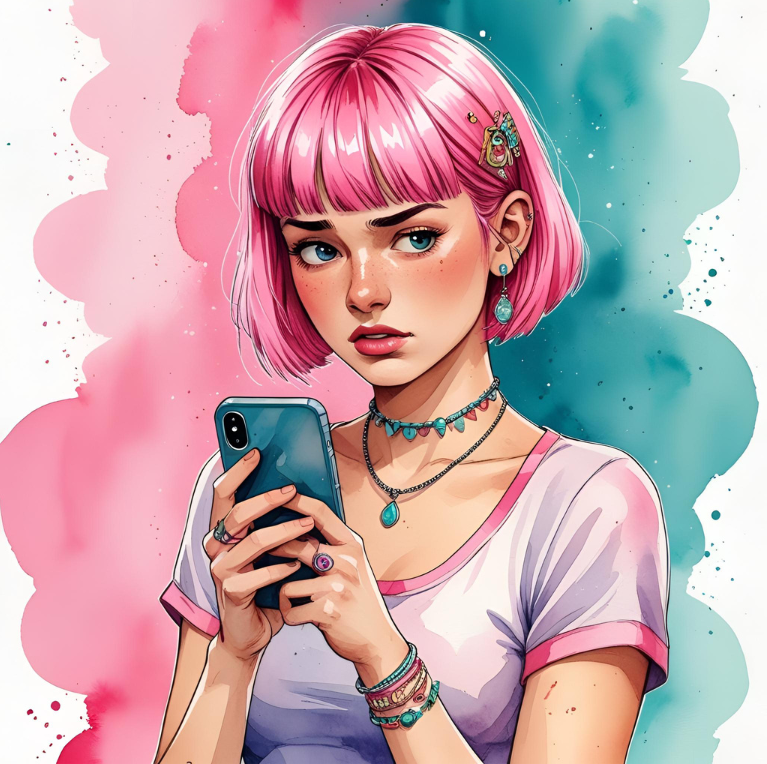
📱 ADHD Texting Problems Explained
Texting isn’t a simple task. It’s a chain of invisible micro-decisions that ADHD brains feel all at once.
- Memory retrieval: “Did I already reply?” → Cue the 20-minute scroll through screenshots.
- Time estimation: “Can I do this now or later?” — except ADHD time blindness swears later is a real time zone.
- Emotional regulation: managing guilt, rejection sensitivity, and the pressure to sound “normal.”
- Task initiation: trying to start when your dopamine tank is blinking red and your brain labels “reply” as “non-urgent, therefore impossible.”
For neurotypical brains, these steps run quietly in the background. For ADHD brains, they pile up like too many browser tabs all demanding attention at once.
This is the heart of ADHD texting overwhelm — the gap between intention and ability. And that’s why texts stop feeling like connection — they start feeling like clutter.
💬 If that sounds dramatic for “just texting,” it’s because your brain isn’t broken — it’s overloaded. Once you understand that, it’s easier to work with your ADHD wiring instead of fighting it.
➡️ Next up: why your ADHD brain reacts this way and how to work with it, not against it.
Why Texting is Hard with ADHD
ADHD isn’t about “not caring.” It’s about how your brain filters (or doesn’t filter) stimulation, emotion, and reward.
- Every ping is a mini stressor. Your brain flags each unread message as unfinished business, adding to background noise.
- Low dopamine = low motivation. Without a reward spark, your brain categorizes “replying to texts” as optional, even when it’s important.
- Rejection Sensitivity Dysphoria (RSD) turns delayed replies into spirals: “They’ll think I’m mad at them,” or “I already messed this up.”
- Hyperfocus and task-switching make it hard to pivot. Once you’re deep in another activity, that text might as well live on another planet.
It’s not that you forget to reply — it’s that your brain treats it like a new mountain every single time.
🔹 If texting feels like another task your brain can’t start, this is classic ADHD task initiation — something I break down more in ADHD To-Do List Alternatives for Adults
When Texting Feels Like Another Task on Your Mental To-Do List
ADHD brains thrive on sensory experiences — face-to-face conversations, laughs, energy, even memes. But a text that says “Dinner at 7”? My brain files that in the task folder, right next to calendar alerts and bill reminders.
When every ping on my phone looks the same — a text, a work email, a Slack notification — it all blends into “things I owe.” No wonder texting starts to feel less like friendship and more like an endless task list.
✨ Try This:
Create a connection corner on your phone. Move your messaging apps to their own folder or home screen — away from bills and work. When you open it, your brain gets a subtle cue: this is for friends, not tasks.
🔹 Want tools matched to your energy? Browse the Best ADHD Printables for Adults. Curious why the 6 planners you tried this year are collecting dust? Check out Best ADHD Planners for Adults That Actually Work.
Executive Dysfunction Turns Messages into Mental Clutter
Ever thought of the perfect reply, felt relief, and then realized days later you never actually hit send? That’s ADHD texting overwhelm in action. Our brains can literally check a task off the list once we think about it.
And when we do remember at 2am? It feels too late, so we avoid replying at all. The longer it waits, the heavier it feels.
👉 Real-Life Example:
I once found an unsent draft reply to my cousin sitting in my messages… from six months ago. My brain had celebrated “reply complete” the second I thought about what to say.
✨ Try This:
Use the 1-minute rule. If a text will take under a minute, send it now. Messy replies count. Future-you will thank you for the quick win.
✨ Breadcrumb Hack:
If you can’t reply yet, drop a tiny signal. React with an emoji, send “will reply later 🙃,” or voice-text “Brain’s full, ping me tomorrow.” It keeps the thread alive without ghost-guilt spirals.
Shame + Overstimulation = The ADHD Reply Shutdown
One text feels fine. Ten unread messages? ADHD texting overwhelm kicks in and my brain shuts down. Add in buzzing notifications across texts, emails, and DMs, and suddenly even choosing where to start feels impossible.
And then comes the shame: “I’m a bad friend.” “They must think I don’t care.” But shame doesn’t motivate — it paralyzes.
✨ Try This:
Batch your notifications. Both iPhone and Android let you schedule when messages appear. Think of it like mail delivery: one daily drop-off instead of a constant knock at the door. Your brain processes connection better when it’s not bombarded.
✨ Bonus Hack:
Tell your safe people the truth. Try: “Hey, ADHD texting is tough for me, but I still care.” Shame thrives in silence; honesty creates breathing room.
🔹 If you want real-life strategies that don’t fall apart by Tuesday, check out 6 Easy Productivity Hacks That Truly Work and ADHD-Friendly To-Do Lists That Actually Work (Creative Alternatives Too), where I explain why certain tools work so well for ADHD brains.
⚡ ADHD Communication Tools That Actually Help
Let’s be real: adding “Reply to texts” to your planner isn’t going to help. Through trial and error, I’m finding what works and what doesn’t. These tools make ADHD texting easier without piling on more guilt:
Here’s some ADHD communication tools that actually work. This post includes affiliate links. If you shop through my links, I might earn a small commission (without any additional cost to you). Thank you for supporting this cozy corner of the internet for ADHDers!
- 🎧 Voice memos – Faster, less effort, tone comes through. Even saying, “I’ve got 52 tabs open and can’t stop! Let’s talk after my brain comes back from outer space,” feels like real conversation instead of homework.
- 🕒 Visual timer – Set 10 minutes, reply to as many as you can, and then stop. Check out this ADHD-approved desk timer on Amazon →
- 📝 Whiteboard reminders – Write down who you owe a reply. Out of your head, in your sight. See this mini desktop whiteboard →
- 📌 Sticky notes – Leave “Text back Sarah” where your eyes land most. Bonus: crumple it when you’re done for a dopamine hit. Find colorful sticky notes →
Pro tip: I often send voice replies right after reading a message—it helps me avoid the “I’ll answer later” spiral that turns into a three-week vanishing act. Even if it’s just a quick “ARGHH I’m juggling a billion things and my brain’s about to explode—let’s talk later,” it gets the connection across. Zero polish required. Just vibes, survival, and optional sound effects for dramatic effect.
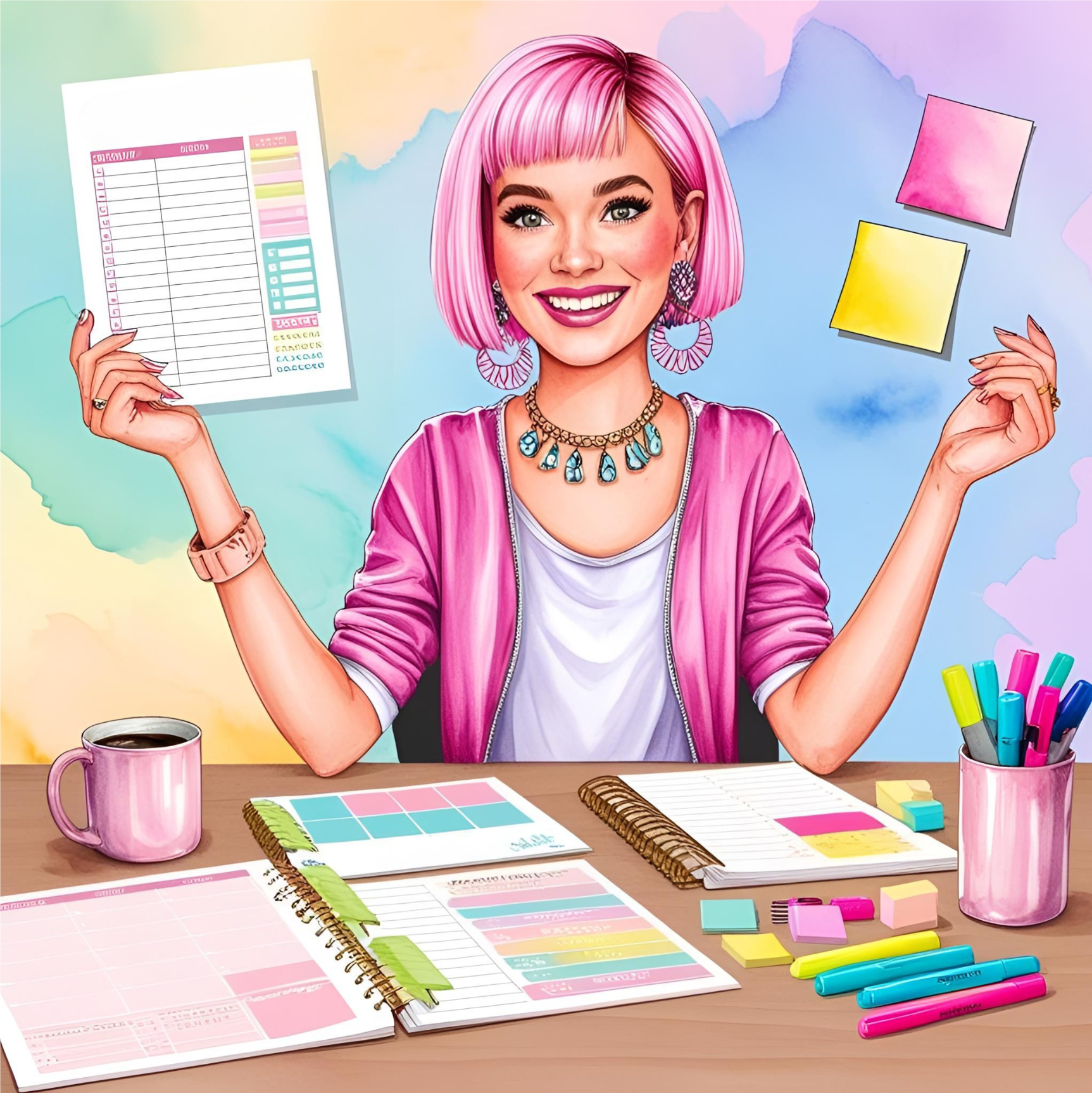
💖 Need printable ADHD communication tools?
Visit the HyperFocus Tools page for ADHD-friendly downloads like:
- Brain dump sheets
- Visual to-do list templates
- Reward charts (yes, you deserve a gold star)
How to Be Kinder to Yourself About All of This
If you’ve been drowning in unread messages, hear this: you are not rude, lazy, or broken. You are not a bad friend. You just communicate differently.
✨ The Truth:
Not everything needs a perfectly crafted response. Try saving a few ADHD-safe reply templates in your notes app to use when your brain is short-circuiting:
- “Brain fog day but I see you & care 💛”
- “I’m still catching up on everything. Love you and appreciate your patience.”
- “Not ignoring you—just low brain battery today.”
👉 Still feeling ADHD texting overwhelm? Try pairing a desktop whiteboard with a visual timer — two ADHD-friendly tools that keep your texts from turning into guilt clutter.

These tiny texts help bridge the gap between care and capacity. You can validate connection without requiring a 10-paragraph update. Neurotypical isn’t the goal. Authentic is.
Quick ADHD Texting Tips for Adults
✅ Try sending one voice memo today instead of typing
✅ Save 2 gentle reply phrases in your Notes app
✅ Pin your top 3 conversations to the top of your inbox
✅ Tell one trusted person: “Sometimes texting is hard for my brain, but I like talking to you.”
ADHD Lifelines for Easier Communication
Before you go — here are a few ADHD communication tools that actually help me reconnect when my brain wants to ghost everyone. These aren’t about being perfectly productive — they’re little lifelines for those “texting feels like climbing a mountain” days.
As an Amazon Associate, I may earn a small commission from qualifying purchases, at no additional cost to you.
Your Brain’s Not Broken: Strategies for Navigating Your Emotions and Life with ADHD
book by Dr. Tamara Rosier, PhD
If you’ve ever stared at a text and thought, “Why can’t I just do this?” — this audiobook feels like a warm, funny therapist explaining your brain with compassion instead of judgment. Dr. Rosier breaks down motivation, emotions, and ADHD patterns so you can finally see the logic behind your “illogical” habits (such as ADHD texting problems).
🎧 Or you can listen to the audiobook for free with an Audible membership trial → — a perfect way to turn commute time, chores, or fidget breaks into mini ADHD therapy sessions.
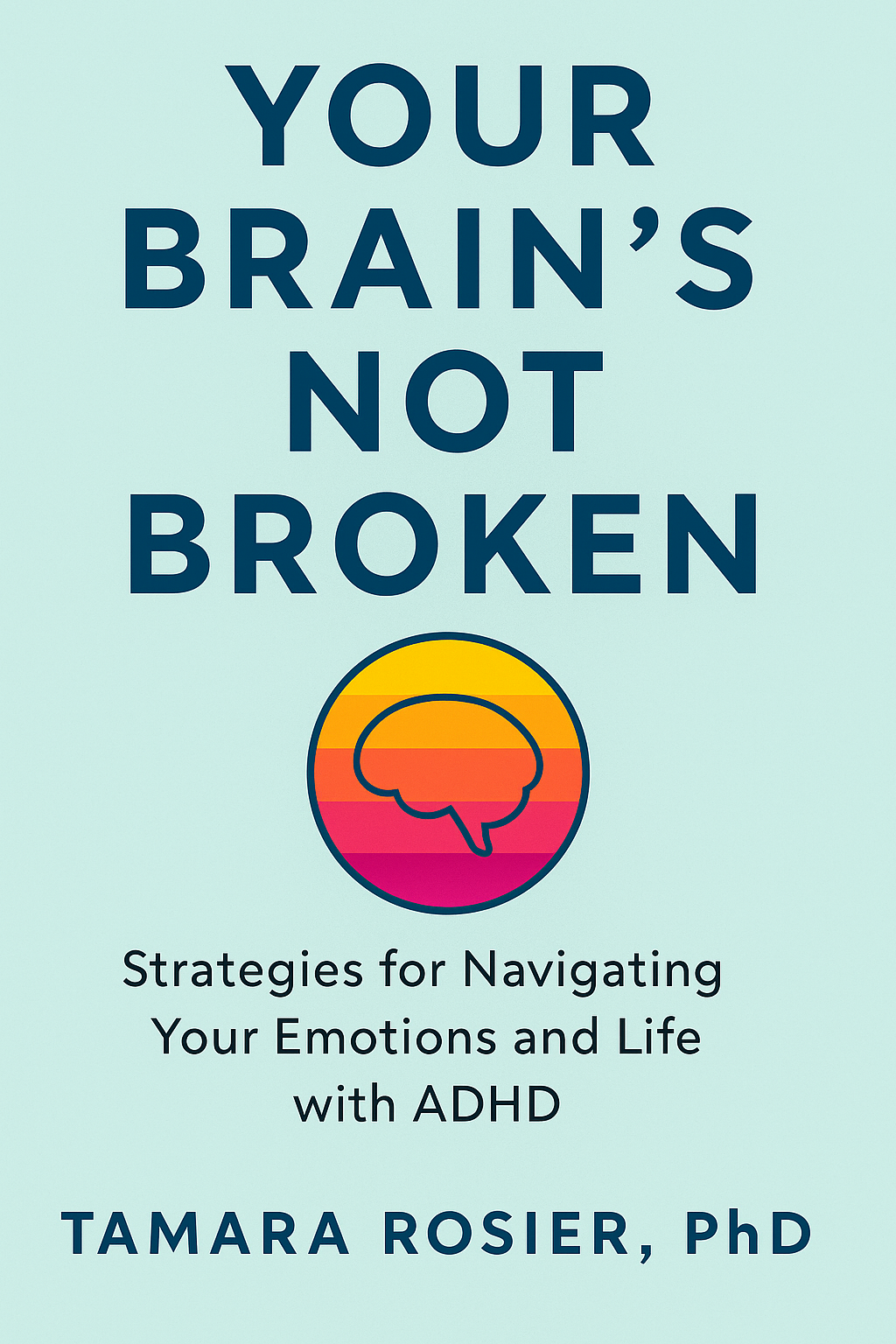
Visual Timer
ADHD time blindness + texting paralysis = perfect storm. A simple visual timer helps you see how much a “quick reply” actually takes (spoiler: usually 3 minutes, not 3 hours).
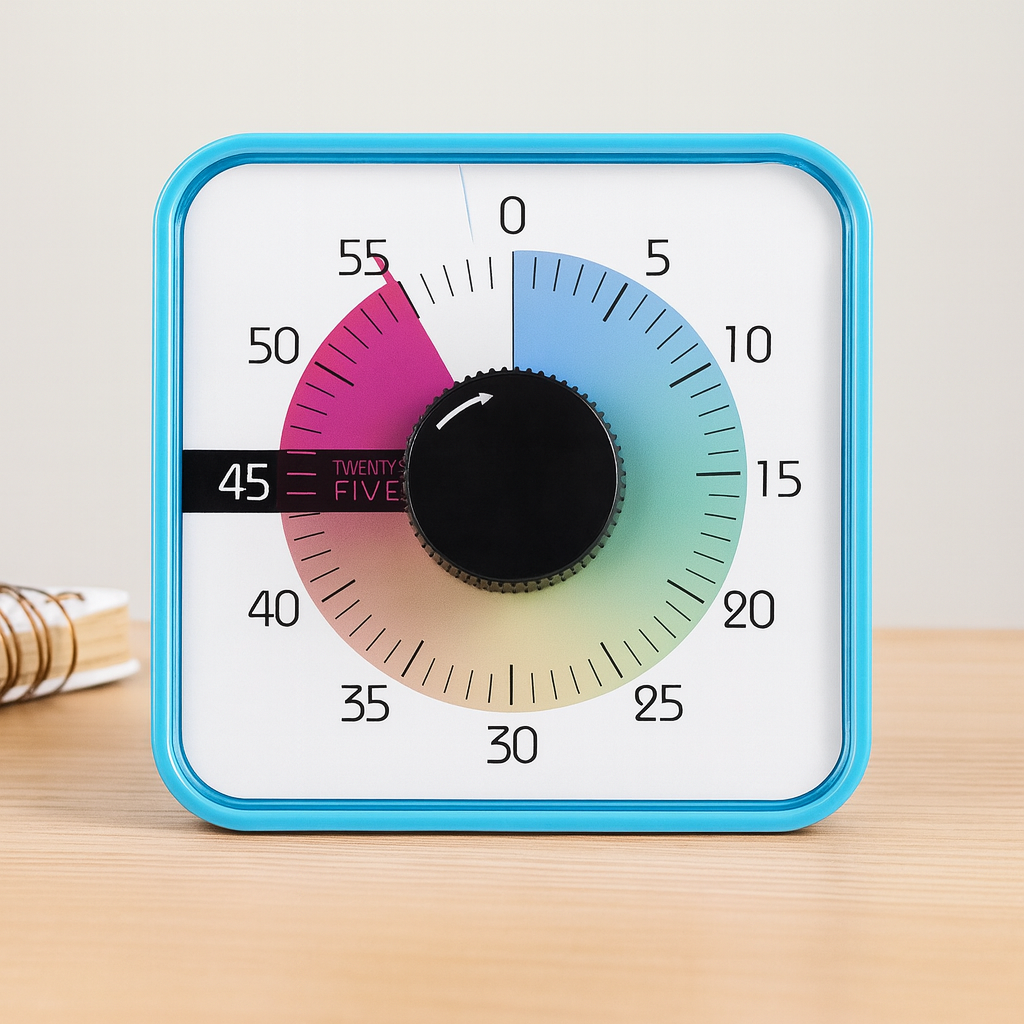
Time Blocking To-Do List Focus Pad
If your brain treats texting like a mental marathon, this focus pad helps break it into sprints. You can list quick replies, jot who you meant to text back, and check them off for a satisfying dopamine hit — no guilt, just gentle structure.
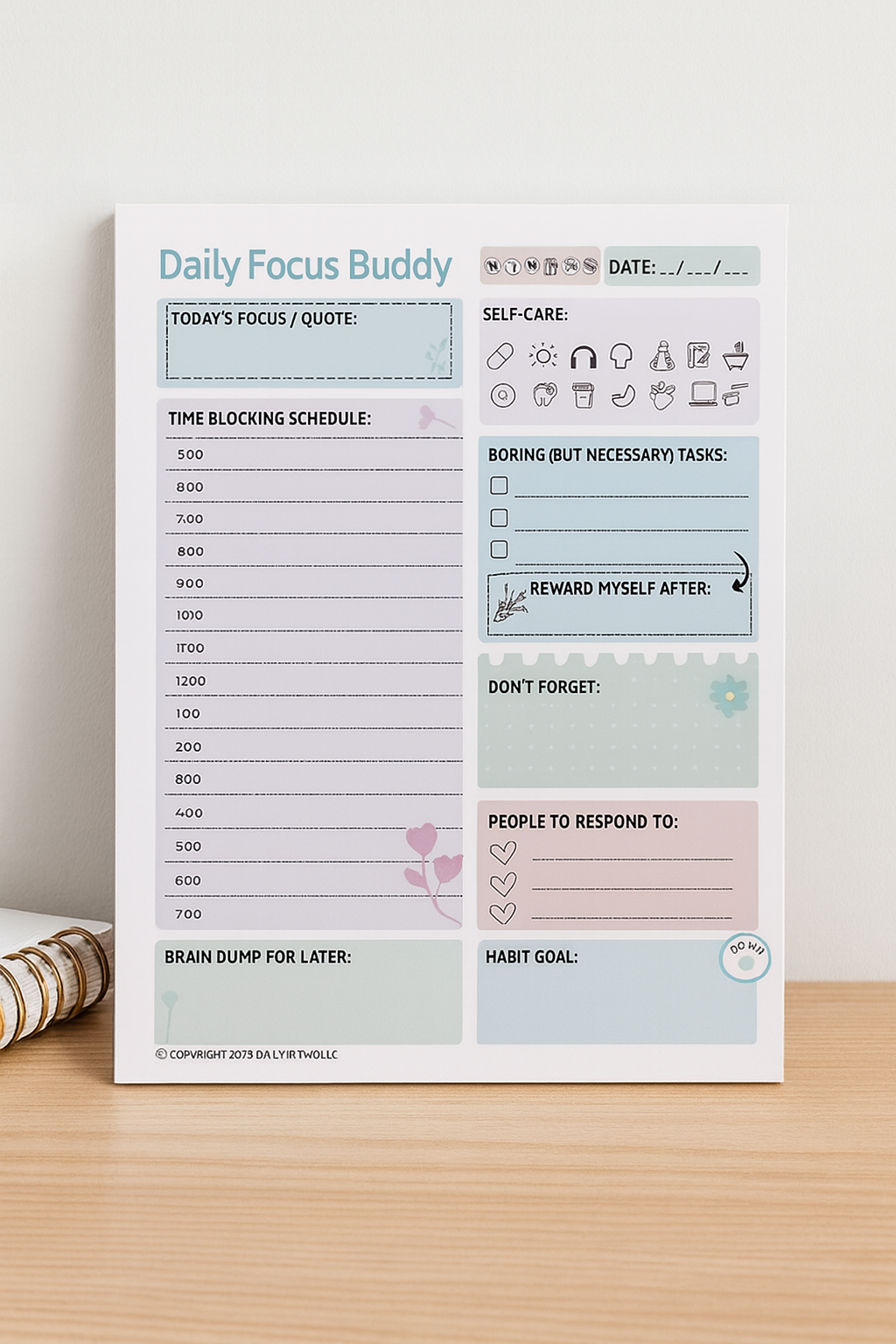
Conclusion: You’re Not Broken — Your Brain Just Works Differently
If texting has ever felt like a tiny mountain you can’t climb, you’re not alone. ADHD texting overwhelm isn’t a sign that you don’t care or that you’re a bad friend — it’s a sign that your brain is juggling more invisible steps than most people ever notice. When messages pile up, so does the emotional load, and suddenly a two-second reply feels like a full-body task.
The good news? Connection doesn’t have to feel this heavy. With small, low-pressure supports — voice memos, visual timers, reply templates, and a kinder inner voice — communication becomes less about perfection and more about staying human. You deserve relationships that feel doable, not draining.
If this post made something in your brain exhale, take that as proof: nothing is wrong with you. You’re navigating communication with a brain that’s wired differently, and differently is not broken.
📌 More Support in the ADHD Communication Series
If texting is just one part of the bigger picture, here are the next posts that will help you feel more understood, more equipped, and a whole lot less alone
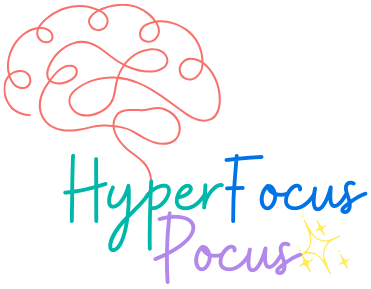
3 Comments